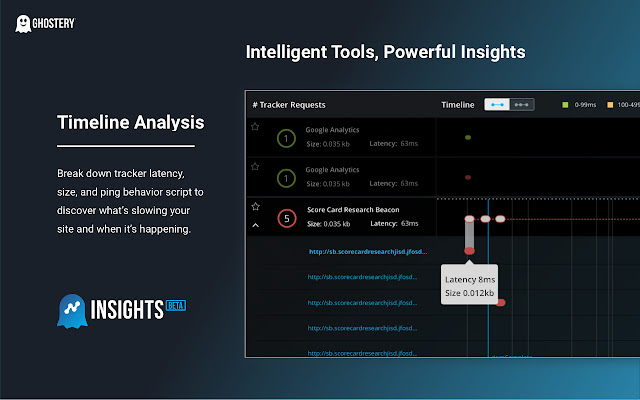
What Are the Typical Risk Rules for Funded Accounts?
Ever wondered how professional traders manage the wild rollercoaster that is the financial markets? Whether youre trading forex, stocks, crypto, or commodities, understanding the risk rules for funded accounts is the secret sauce to staying afloat and—more importantly—profitable. These rules arent just guidelines—theyre the backbone of a disciplined trading mindset, helping traders navigate volatility and protect capital. Let’s dig into what makes these risk rules stand out, and how they shape the future of prop trading.
The Core of Funded Account Risk Rules: Protecting Capital and Ensuring Longevity
When you’re trading with someone else’s money, the stakes are multiplied. Funded accounts often come with predefined risk limits designed to prevent reckless trading behaviors that could wipe out both your capital and your reputation. Think of them as the guardrails on a mountain road—without them, you’re risking a tumble.
Position Size Limits: Most programs regulate how much you can stake on a single trade. It might be a percentage of the overall account—say, 1-2%. This not only prevents overexposure but also encourages traders to think critically about each position rather than throwing money at every opportunity.
Maximum Daily or Weekly Losses: Setting a cap on how much you can lose in a day or week helps keep emotions in check. If losses hit the limit, you’re often required to pause trading. This safeguard preserves the trader’s mental health and the account’s integrity, echoing the old adage: “Cut your losses and run.”
Leverage Restrictions: Although leverage can amplify gains, it can just as easily compound losses. Funded accounts typically limit leverage—sometimes as low as 10:1 or 20:1—to prevent traders from taking on excessive risk during a volatile swing.
Practical Trading Strategies under Risk Rules
Implementing the rules isn’t just about compliance; it’s also a catalyst for better trading habits. For instance, traders tend to perform better with a well-thought-out risk/reward ratio—aiming for potential gains that outweigh risks by at least 2:1. Consistent application of this mindset, coupled with strict adherence to position sizing and stop-loss orders, helps prevent emotional reactions to market fluctuations.
One common mistake is chasing the “hype” on volatile assets—cryptos, stocks, or commodities experiencing sharp swings. Risk rules serve as a reality check here, forcing traders to set clear exit points and stick rigidly to them. That discipline can turn a rollercoaster into a manageable ride.
Risk Management Tools: Advanced traders use trailing stops and options hedging to stay within limits without sacrificing profit potential. For example, crypto traders often utilize options to hedge against sudden market dumps—adding an extra layer of protection within their risk parameters.
Demystifying the Industry & Future Trends
The prop trading industry is evolving rapidly. As decentralized finance (DeFi) gains traction, traders are exploring self-custody wallets, decentralized exchanges, and automated smart contracts. These innovations promise to democratize trading further—reducing intermediaries and fees—but also introduce fresh risks like smart contract bugs and security vulnerabilities.
For the next frontier, AI-driven algorithms are transforming how traders approach risk management. Automated risk rules, real-time predictive analytics, and adaptive strategies are making trading smarter and more responsive. Imagine an AI that recalibrates your stop-loss dynamically based on market volatility—no emotional trading, just data-driven decisions.
Smart contracts are also shaping the future of prop trading. These self-executing contracts can enforce risk limits transparently and tamper-proof, reducing oversight costs and human error. Still, this new technology faces challenges with scalability and regulation—glimpses of a future where code and compliance walk hand-in-hand.
Why Risk Rules Matter in a Crowded Market
As more traders venture into multi-asset arenas—forex, stocks, cryptos, commodities—the importance of discipline skyrockets. Proper risk rules act as a safety net, but they also unlock the benefits of diversification. When each trade adheres to predetermined limits, the overall portfolio becomes more resilient, allowing traders to weather downturns and capitalize on opportunities.
In the ever-volatile world of digital assets and decentralized finance, staying alert to regulatory shifts and security issues is key. Remember, your risk rules can be your best allies—setting boundaries today to trade smarter tomorrow.
Prop Trading: The Road Ahead Prop trading firms are leaning into AI, machine learning, and blockchain tech to optimize their risk management. The days of reckless speculation are waning, replaced by data-driven strategies that respect strict risk rules. Those who master this balance between innovation and discipline are poised to thrive in a rapidly evolving financial landscape.
In the end, risk rules aren’t about restriction—they’re about empowering you to make smarter trades, preserve capital, and grow sustainably. Whether you’re trading in a traditional environment or diving into the high-octane world of crypto or decentralized finance, solid risk management remains your best weapon.
And remember: Trade wisely, stay disciplined, and let the rules be your guide in this thrilling financial adventure. The future of prop trading is bright—powered by smarter risk controls and innovative technology, so don’t just follow the trend, lead it.